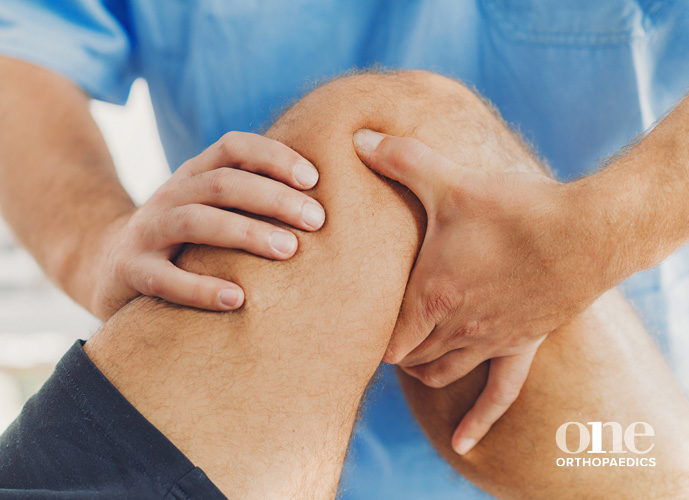What is it?
Arthritis, or osteoarthritis, is a painful condition caused by long-term wear and tear of the smooth cartilage that normally covers the ends of the bones inside the knee joint. This causes the bones in the joint to rub together, causing pain and swelling. Knee arthritis is the most prevalent joint disease and a leading source of chronic pain and disability in the developed world.
Why does it occur?
Although anyone can develop osteoarthritis, it is more common in people who have other joint diseases such as rheumatoid arthritis or gout, carry out heavy manual work, take part in high impact sports such as running, or have had previous knee injuries or surgery. It also more frequently affects women, those over 40, and those who are overweight or obese. There can be a genetic element, meaning it is more likely to develop if your parents or siblings have had knee arthritis.
What are the symptoms?
Knee osteoarthritis generally leads to pain, swelling and stiffness in the knee. It is often particularly bad when walking, climbing stairs or in bed at night. Patients also often complain of a grating or creaking feeling in the knee, which can lead to the joint feeling unstable, or locking, as you try to move it. As the disease progresses, it can lead to deformity of the limb, either making the legs bowed or knock-kneed.
How is it diagnosed?
Your consultant will ask you some questions to establish whether you have any risk factors for arthritis, and talk to you about the severity of your symptoms. They will also carry out a detailed examination of your joints. In most cases the diagnosis is confirmed with an x-ray, but occasionally further tests or scans may be required.
How is it treated?
The best course of treatment for knee arthritis depends on a number of factors including your general health, activity levels, the severity of the symptoms, as well as the affect the arthritis has had on your knees.
Non-surgical treatment
For early or minimally symptomatic knee osteoarthritis, non-surgical options include lifestyle modification, physiotherapy and walking aids to help with mobility, potentially in combination with dietary supplements or pain killers. There are also injections, such as steroid, hyaluronic acid or platelet-rich plasma (PRP) which can alleviate many of the symptoms from osteoarthritis and negate or postpone the need for surgery.
Surgical treatment
If non-surgical measures fail, surgery is often required to relieve pain and improve function. These include joint preservation techniques, such as arthroscopy or osteotomy, or in more severe cases, partial or total knee replacement surgery. All of these options, and the risks and benefits of each, will be discussed with you during your consultation.










